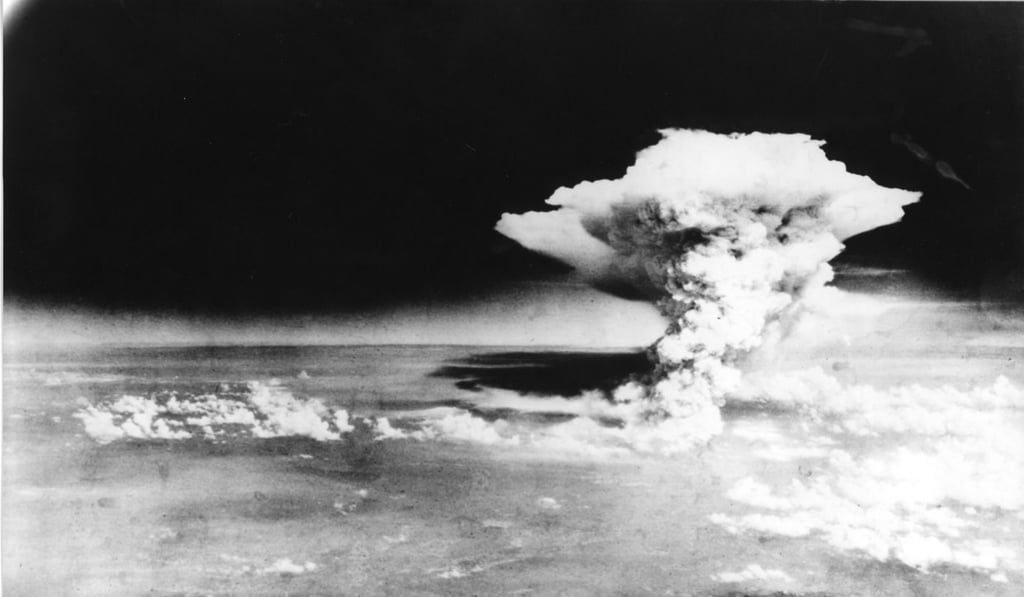Leaked Pentagon paper reveals urge for new nuclear weapons

A leaked draft of the Pentagon’s forthcoming nuclear weapons review shows that senior defence officials are keen to not only modernise the ageing US arsenal, but add new ways to wage nuclear war as Russia, China and other adversaries bolster their own arsenals.
Among the new weapons proposed are supposedly “low-yield” nukes that could be mounted to existing Trident missiles and launched from submarines. Despite the nickname, the warheads would still probably pack a punch larger than the explosions that destroyed the Japanese cities of Hiroshima and Nagasaki during the second world war, killing tens of thousands of people.

The draft says smaller nuclear weapons are necessary due to the “deterioration of the strategic environment”. The Pentagon’s thesis: if an adversary has an arsenal of nuclear weapons that are not controlled by existing treaties, the United States should have one to match and retaliate if necessary.
“These supplements will enhance deterrence by denying potential adversaries any mistaken confidence that limited nuclear employment can provide a useful advantage over the United States and its allies,” the draft said.
The concept seems especially focused on Russia, which the Pentagon accused of violating the New START Treaty last year by deploying a new nuclear cruise missile that is seen as a threat to Europe, where the US has deployed as many as 240 nuclear weapons. The Pentagon claims that Russia thinks launching a limited nuclear strike first may offer an advantage, in part because it has a variety of small nuclear weapons at its disposal.
“Correcting this mistaken Russian perception is a strategic imperative,” the draft insists.